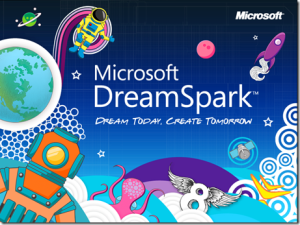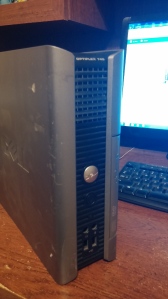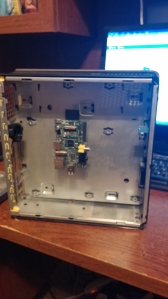 Here I come again now Babaaayy! I never knew what In a gad da davita meant and I was afraid to Google it just in case it was something bad and I had to quit listening to Iron Butterfly. Anyhow, TCEA is already posting the web site for TCEA2016. I had an outstanding time at the expo this year, and with any luck we will be taking another group in February ’16.
Here I come again now Babaaayy! I never knew what In a gad da davita meant and I was afraid to Google it just in case it was something bad and I had to quit listening to Iron Butterfly. Anyhow, TCEA is already posting the web site for TCEA2016. I had an outstanding time at the expo this year, and with any luck we will be taking another group in February ’16.
My 2015 presentation was a great success. A member of TCCA was in the audience and he invited me to apply to present at the TCCA conference in October. With any luck I will be introducing those folks to the wonder of Greenfoot next year. The TCEA 2016 presentation window should also be opening pretty soon. This year I am proposing two half day presentations: Modding Minecraft Made Easy and Getting Green Again: Greenfoot Java. It would be nice to have two days of presenting for next year.
Why do I care about educational technology and Computer Science you may ask. I see the opportunities that kids today have and I think back to my own educational experience. The year I graduated college, our university put in the first computer lab for general student use. I took programming with Basic and was hooked. I suspect my life would have been quite different if the current level of technology had been available to me then. Regardless, it is important that we do everything we can to encourage student interest in technology and development in particular. Not everyone has the knack for programming but for those who do, it is better that they start early. I look forward each year to introducing students to the satisfaction that comes with seeing something they build run and work as expected.
If you are a teacher, find a reason to introduce coding into your curriculum. HourOfCode.org is a great place to start. If you are a student, get involved, learn, buy in. If you are an administrator, find a teacher that is willing to try this and support them. Give them the latitude to work technology into the curriculum. If you are a parent, give your kids the opportunity to learn something besides facebook and twitter and instagram. Encourage them to learn, to explore, and grow on their own. Sign them up for a camp, let them join a club, buy them a computer and get involved. You never know…You might learn something as well.




